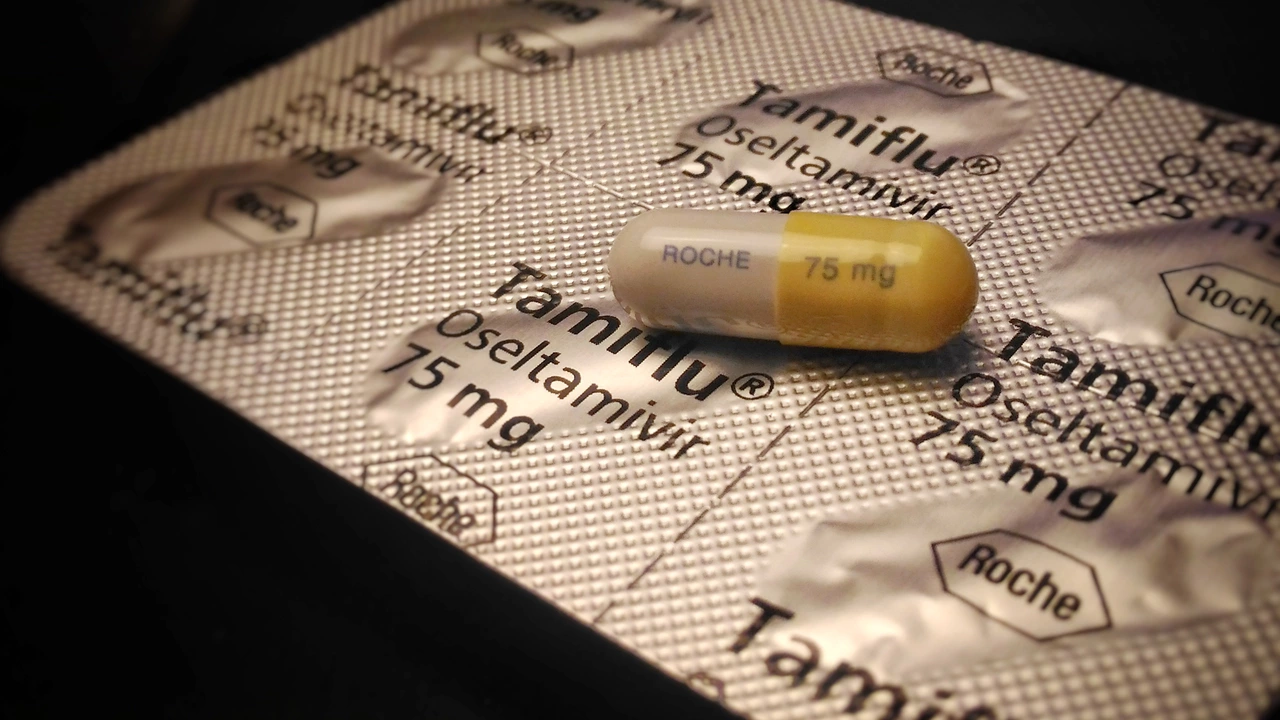Side effects: how to spot them and what to do
Ever started a medicine and felt something off? Side effects are the health changes a drug can cause besides the one you want. Some are mild and expected; others are rare but serious. Knowing how to tell the difference can save time, worry, and sometimes your life.
Common vs serious side effects
Common side effects are things like nausea, mild headache, dizziness, drowsiness, constipation, or a temporary rash. They often show up in the first days or weeks and settle as your body adjusts. If they’re annoying but not harmful, your doctor may suggest simple fixes: take a pill with food, change timing, or try a different formulation.
Serious side effects need fast attention. Watch for high fever, sudden swelling (face, throat, tongue), breathing problems, chest pain, severe bleeding, very fast heartbeat, yellowing skin or eyes, confusion, fainting, or a widespread blistering rash. These are less common but require immediate medical care.
What to do if you get a side effect
First, don’t panic. If the symptom is mild, check the patient leaflet for the drug — it lists typical side effects and advice. If the leaflet isn’t clear, call your pharmacist; they often know which side effects are harmless and which need a doctor.
If a side effect looks serious (trouble breathing, swelling, fainting, severe rash), call emergency services or go to the nearest emergency room. For non-urgent but worrying symptoms, contact the prescribing doctor within 24–48 hours. Stop the medicine only if a healthcare professional tells you or if the reaction is extreme and life-threatening.
Keep a simple record: drug name, dose, when you took it, when the symptom started, and how long it lasted. That record helps your doctor spot patterns and pick safer alternatives. Also list other medicines, supplements, and alcohol — many side effects happen because of interactions.
Certain people need extra caution: older adults, pregnant or breastfeeding people, and those with liver or kidney problems. Doses often change for these groups, and some drugs are best avoided entirely. If you fall into one of these categories, talk to your prescriber before trying new medications.
If you suspect a printing or information error in a leaflet (wrong dose, wrong concentration), notify your pharmacist and national regulator — agencies like MHRA or FDA track these reports to protect others.
Want to reduce side effect risk? Start with the lowest effective dose, avoid mixing meds without advice, and tell every clinician about all drugs and supplements you use. If a medicine improves your condition but causes mild side effects, ask if a dose tweak or slower titration might help.
Side effects are common but manageable. Pay attention, keep good notes, ask questions, and reach out quickly when something doesn’t feel right. That’s the easiest way to stay safe and get the benefit of your treatment with the least trouble.




